Breed Type: Spitz
Country of Origin: Sweden
Size: Large
Also known as: Swedish Elkhound
Males: Height: Â 57-65 cm Weight: Â 30-35 kg
Females: Height: 52-60 cm Weight: 25-30 kg
Exercise Requirements: Outdoors & Vigorous
Care Requirements:Low
Lifespan: 12-13 Years
Best Suited as: Hunting/Guard/Work Dog and Family Pet
Overview:
The Elkhound-Jamthund or Swedish Elkhound breed is a type of Spitz dog that originated in Sweden and was bred primarily for their hunting abilities. A large and wolf-like dog, the Elkhounds have incredible strength and endurance making them excellent hunters – even for large prey such as bear and moose. They are very adaptable to extreme environments and are happy as a hunting companion, then just as happy to go home and be the family pet.
Appearance:
The Elkhound-Jamthunds are quite beautiful dogs and bear a striking resemblance to wolves. They have a long body with an incredibly thick double coat of hair that has 2 layers – the long, rough top coat with a wool-like undercoat. It is usually longer on the back of the legs, tail, neck, chest, and thighs. Elkhounds are primarily dark or light gray in color over the majority of the body, with much lighter markings on the sides of the muzzle, throat, feet, and cheeks with some carrying the same lighter color on the under belly, outside of the tail, and tails at times. Their tails are a naturally curlicue that pretty much stays in that tightly curled position. Ears are pointed and remain so although become even straighter when on alert. Their eyes are dark with a dark nose as well at the end of a long muzzle.
Temperament:
Elkhound-Jamthunds are well-rounded dogs and very intelligent. They need to have plenty of mental and physical stimulation or they become quite bored and destructive. They have a very social nature and want companionship in whatever they’re doing. They are affectionate and protective with their owners and need to have strong and reliable connections to them. Elkhounds are very loyal and are great with children – especially in a guardian role. They are a busy and active breed always on the go and requiring a lot of exercise outdoors. They love to run and play and explore to their heart’s content in rural or rugged areas.
Although loving with a desire to please, Elkhounds tend to be dominant in personality so other pets in the household need to be a good fit. But they do want to be part of a “pack†so other than being dominant, they do well with children and other dogs in the home.
Very alert and observant are traits that help the Elkhound-Jamthunds be wonderful guard dogs and they are strong enough to protect their charges from the same large game (and small) that they are so capable of hunting.Â
History:Â
The Elkhound-Jamthund or Swedish type of elkhound was not recognized as its own separate breed until 1946. Before that, it was seen as the same breed as the Norwegian Elkhound. But even though not specified as a breed distinctive from the other Elkhound type, it is a common opinion that the Swedish Elkhounds have been around since the Ice Age where they are thought to have been used for hunting moose and pulling sleds. In the language of old Sweden, they were often referred to as bear dogs because of their rare trait of being willing and able to fight bears. The Elkhounds are still very popular in Sweden especially for hunting, but they are rare outside of the Norwegian area of the world.
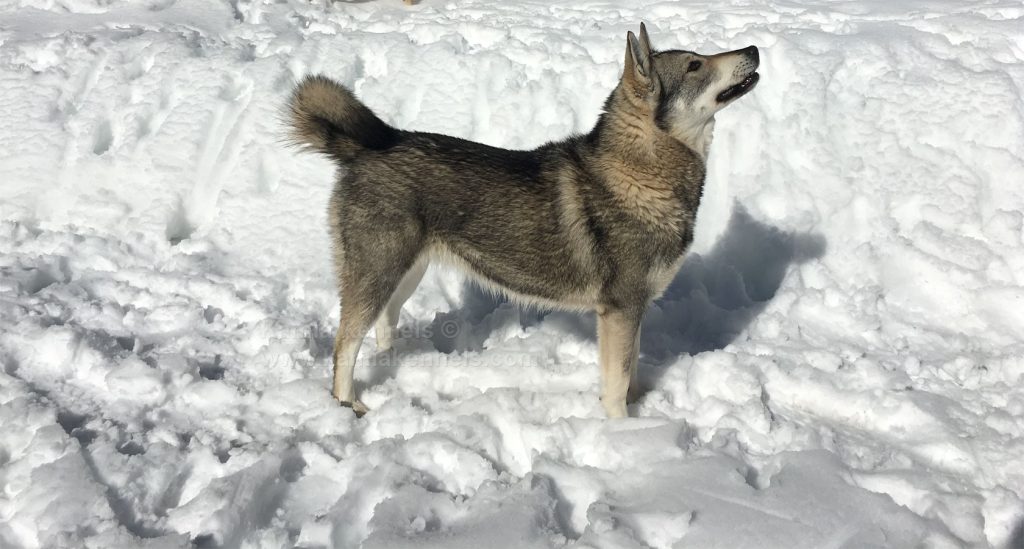
Care and Grooming:
The thick, double-sided fur coat of the Elkhound-Jamthunds need regular brushing in order to avoid matting and to remove dead hair and any debris picked up while roaming the countryside. However, they rarely need a bath and it is better not to bath them too often as it will strip the fur of its weather-resistant protection.
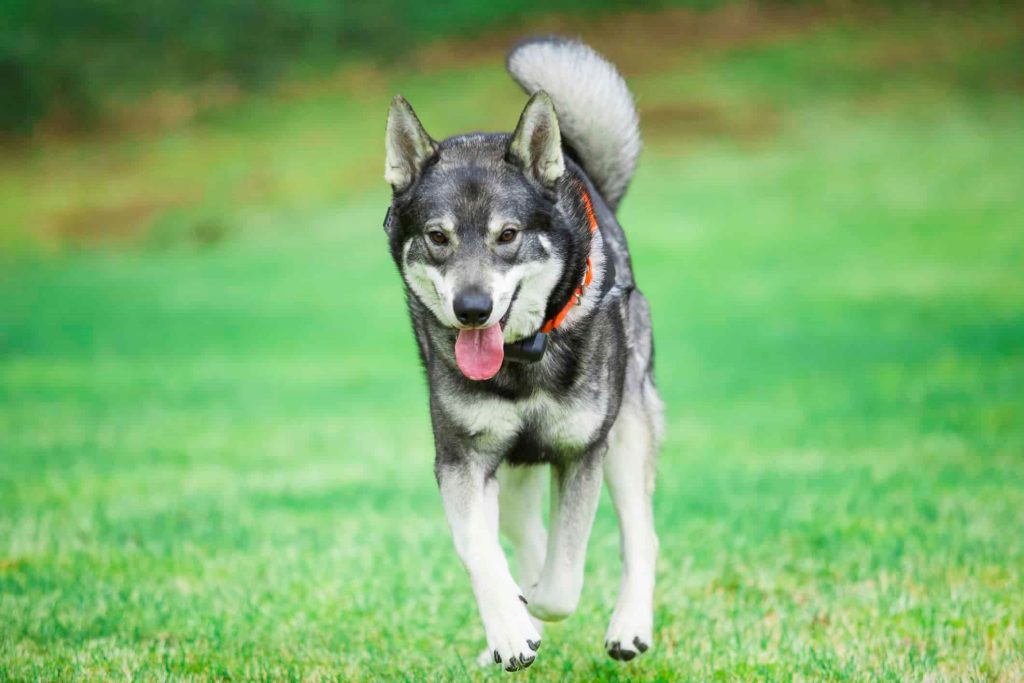
Health:
Swedish Elkhounds are well-known for their strength of body and ability to endure extreme weather conditions. They also have noticeably large lung capacity allowing them to chase down the large game and keep them treed until the owner catches up. But even though an incredibly strong breed, elkhounds also have genetic tendencies to develop several health problems including problems affecting bones and joints like dysplasia and arthritis. It is also common for them to develop skin issues as well as trouble with their eyes and ears. Because of these possibilities, it is quite important to watch for signs of them early on because when they are caught and treated during the early onset phase, physical deterioration can be slowed or delayed.

Suitability as a Pet:
In some ways the Elkhound-Jamthunds make ideal family pets. They are excellent protectors and stay alert to their surroundings at all time. They are extremely loving and affectionate as well as gentle with all ages in the family as well as with other family pets. Their high level of intelligence is both a blessing and a bit of a curse as their curious nature and penchant for activity causes it to become destructive and obnoxious if not stimulated and exercised enough. They hate repetitive activities but thrive with challenges and learning new skills and games. They are ideal for country living but a little harder to manage in a city environment that doesn’t allow for frequent outdoor exercise and play.
Training:
Even though Elkhounds are intelligent and loving with a great desire to please, they also tend to be stubborn and over-confident at times that makes them a bit harder to train. They hate repetitive and boring tasks and soon get bored and annoyed if training methods have those characteristics. They are surprisingly hard to housebreak which makes it all the more important for them to have plenty of opportunity to run around outside. Their dominant nature is less of a problem if they are socialized and trained well from an early age. Owners must clearly show authority and strength in training while also being gentle and steady. If elkhounds are able to establish an affectionate and trusting relationship with their owners from the beginning, their desire to please allows training to be a little easier than it would be otherwise.
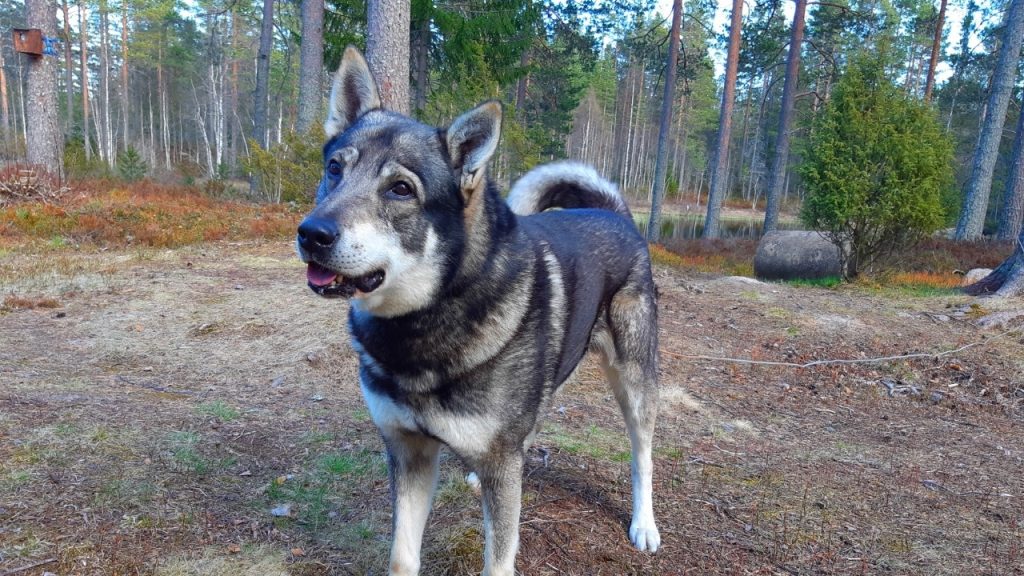
Elkhound (Jamthund) Organisations in Australia
No club information listed
Elkhound (Jamthund) Organisations in the UK
Norwegian Elkhound Association of America
Elkhound (Jamthund) Organisations in the US
Jamthund – Continental Kennel Club
Norwegian Elkhound Rescue
Did we miss your organisation? Let us know. Contact Us
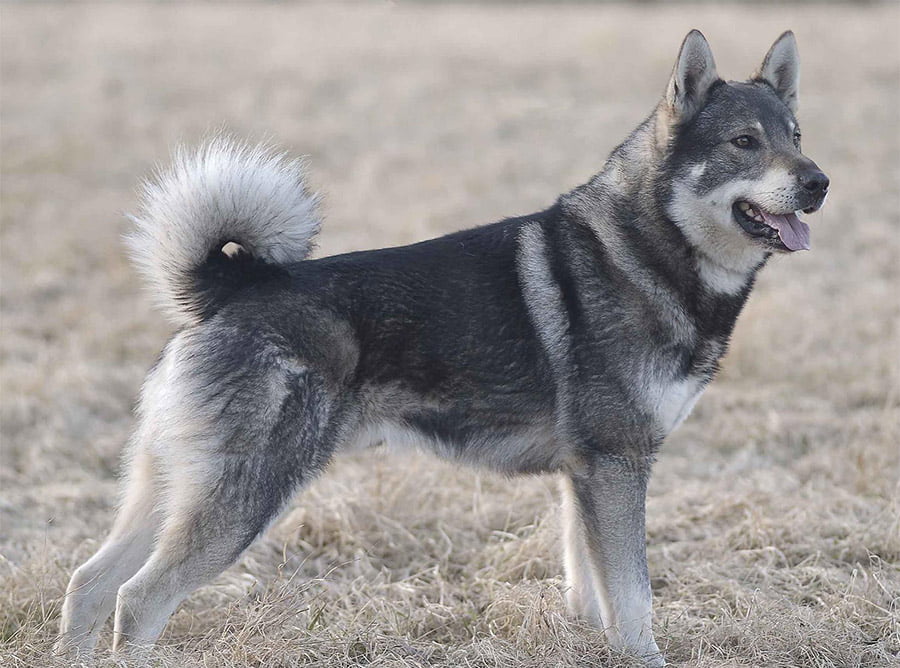
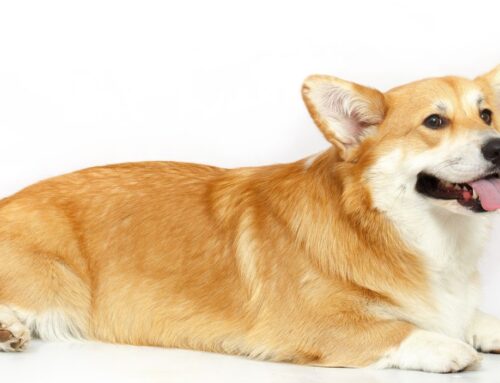

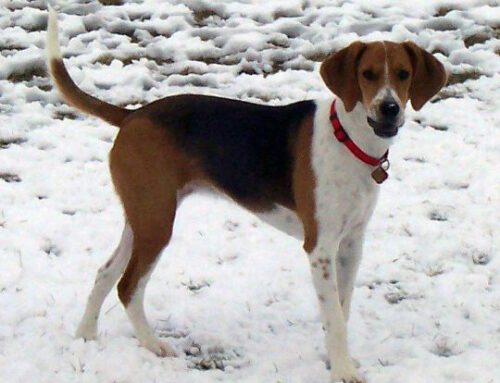
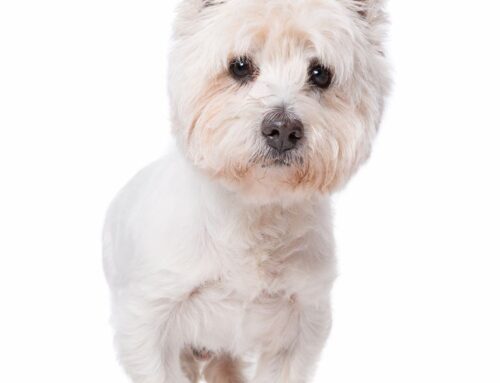

Leave A Comment